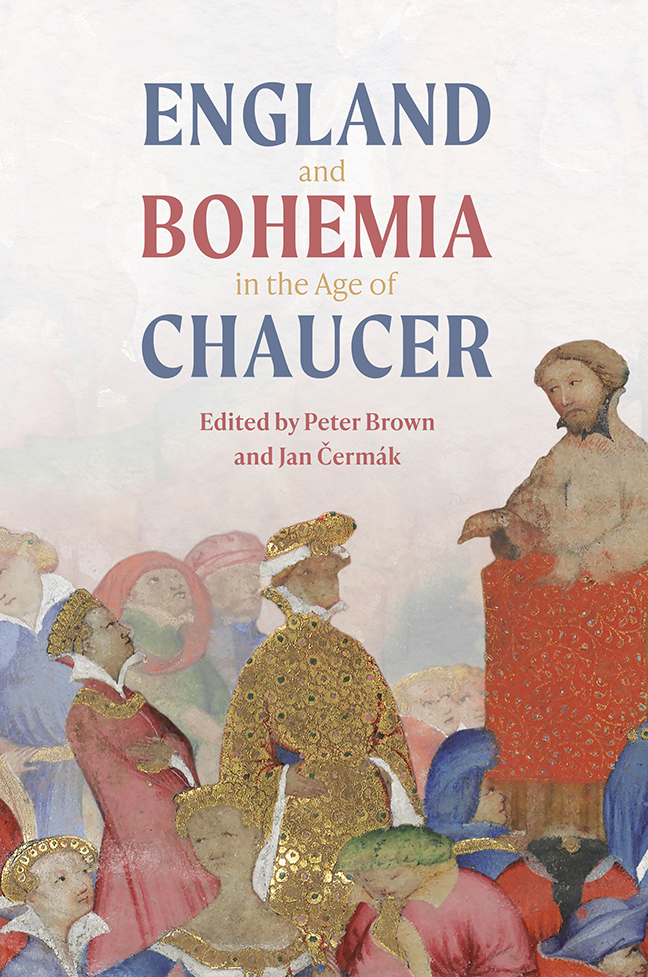9 - Bohemian and English Painting in the Last Decades of the Fourteenth Century: Tracing the Bohemian Influence
Published online by Cambridge University Press: 17 December 2023
Summary
In 1984, Amanda Simpson published a dissertation titled ‘The Connections between English and Bohemian Painting during the Second Half of the 14th Century’. By means of stylistic analysis and wider comparisons, Simpson concluded that she was not able to trace any Bohemian elements in the English book and panel painting that originated after the arrival of Anne of Bohemia in England. However, a decade later, Hana Hlaváčková suggested a new dating for the Bible of Wenceslas IV, a pivotal Bohemian manuscript of the late fourteenth century. Its dating to the late 1370s or earlier 1380s is now widely accepted, reopening discussions on the Bohemian influence on English art after Richard's marriage to Anne and bringing her back on stage in the role of mediator of the Bohemian soft style in an English context. In this essay I first tackle the term ‘Bohemian soft style’, looking at its sources and development. Next, I focus on the works of art which can be connected with the royal court of Richard II. Using detailed formal analysis as well as stylistic comparison, I then look at East Anglian art production at the end of the fourteenth century in order to examine its synthesis of styles for indications of Bohemian influence.
In 1901, John Bradley established a connection between the dramatic change of style in English medieval art at the end of the fourteenth century and the marriage of Richard II to Anne of Bohemia. In Bradley's words, ‘she was the moving spirit of this change which her immediate popularity soon rendered universal in every native scriptorium’. He even went so far as to claim that Bohemian illuminators had accompanied the Emperor's daughter on her way to England. Bradley's idea was later refuted by Elfrida Saunders and Eric Millar, whose work provoked a meticulous study by Emanuel Dostál. The latter based his research on a detailed comparison of the so-called Bible of Richard II (Fig. 9.1) with contemporaneous Bohemian works of art, in order to prove a distinctive influence of Bohemian art production on English art at the turn of the fourteenth century. Dostál, like previous researchers, came to the conclusion that several elements of various sources, including the Bohemian ‘soft style’, were merged together to form the style of English book illumination of the late fourteenth and early fifteenth centuries.
- Type
- Chapter
- Information
- England and Bohemia in the Age of Chaucer , pp. 181 - 200Publisher: Boydell & BrewerPrint publication year: 2023

